
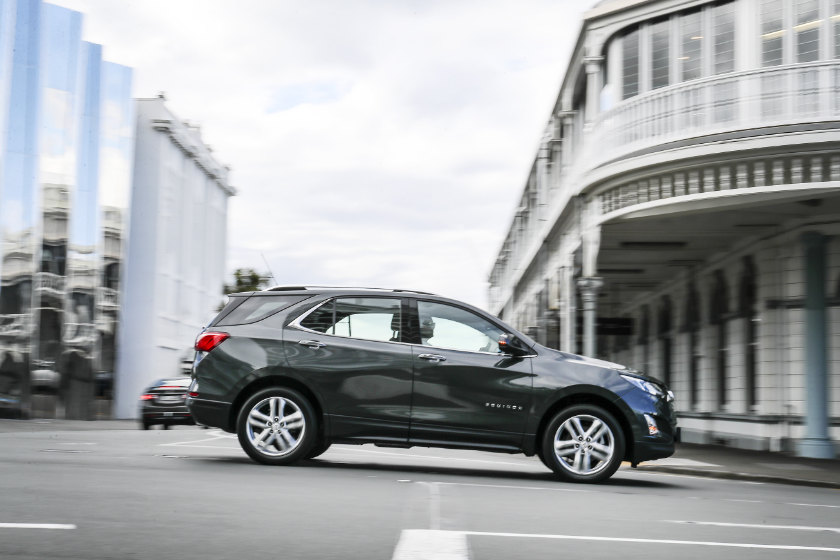

Simon Watts/Holden
Holden has shown its Equinox crossover to New Zealand media, at an event in the Taranaki, with an ambitious target to reclaim the C-segment SUV market.
The Equinox—which our international readers may recognize with a Chevrolet badge—takes over from the Korean-sourced Holden Captiva, a car that débuted over a decade ago in its home market as the Daewoo Winstorm. Holden buyers will get a vehicle that is bang up to date, with features that outdo its competition, including class-leading performance and exceptional value for money when the range goes on sale on December 1.
GM’s 9T50 nine-speed auto (a first for the Holden brand), wireless phone charging, and a power tailgate with gesture control are among the headline features of the Equinox range. Active noise cancelling inside the cabin, ventilated front seats, rear-seat heating, and a dual panoramic sunroof are also on the features’ list.
The D2XX platform shared with the Holden Astra sedan has been engineered to be a global one, and the Equinox has some smart features for the late-2010s buyer, including an enviable Cd of 0,336 (very commendable for this type of car, which necessitates a large frontal area), upper and lower grille shutters, and spoilers. This means the Equinox will save on fuel, and an aerodynamic body also means a quieter cabin.
With many private buyers opting for crossovers and SUVs, Holden is targeting families and professionals who care about the convenience, and want a vehicle that has desirability.
Even at the base LS level, the Equinox boasts a six-speed auto, a five-star ANCAP safety rating, rear parking assist, seven-inch colour touchscreen, and active noise cancellation for a quiet cabin. The 1·5-litre turbo develops a class-leading 173 PS (127 kW). Equinox also has GM’s excellent Mylink system which is Apple Carplay- and Android Auto-compatible, a system that we found works universally with our phones—not a claim we can make with other car manufacturers’ ones. Six airbags are standard, as are two Isofix child-seat attachment points. At NZ$35,990, the Equinox undercuts its other two-wheel-drive competitors substantially: Mazda charges NZ$4,000 more for its front-wheel-drive CX-5, and Holden is NZ$2,000 under segment leader Toyota, with its front-wheel-drive RAV4. The only car that has the same price is the Kia Sportage LX, which based on official figures is thirstier, less powerful, and generates more carbon dioxide.
Moving up the range, the LS+ (NZ$39,990) has more safety features, with autonomous emergency braking, forward-collision alert with head-up warning (which we found to work very well on the Astra), lane-departure warning with lane-keep assist (another intelligent feature that we give the thumbs-up to), blind-spot alert, rear cross-traffic alert, rain-sensing wipers, automatic high beam dipping, and more. It’s a feature list that Holden’s competitors do not presently match.
LT (NZ$43,990) is still front-wheel-drive, but the engine is an astonishing two-litre turbo developing 256 PS (188 kW) and 353 Nm of torque, with the option of a turbodiesel (136 PS or 100 kW). Here’s where the nine-speed auto comes in. The petrol engine is rated for a two-ton towing capability, while inside the cabin the touchscreen is upgraded to an eight-inch, with sat-nav. There’s also a 4·2-inch colour driver information display in the dashboard. Parking assist is standard, the alloys go up from 17- to 18-inch, there’s a dual-zone climate control, remote start, one-touch folding rear seats, USB ports for rear-seat passengers, and automatic headlights. The LT finds itself closer to the middle of the pack among competitors’ pricing, but still manages to outshine Toyota’s RAV4 GXL ($1,000 dearer), which is lighter on the features’ list. Hyundai, which has decided to price its Tucson at a premium compared to its IX predecessor, retails at NZ$47,990, but without sat-nav. Holden’s 256 PS engine beats its competitors substantially: the most powerful among them is the Hyundai, managing 165 PS. There is a fuel economy penalty for the Holden, sipping 0·4 l/100 km more than the Hyundai (or 36 mpg versus 34 mpg).
LTZ is where four-wheel drive makes its first appearance, priced at NZ$52,990 for the petrol and NZ$55,990 for the diesel. Front-wheel drive is a delete option for the petrol engine, saving the buyer NZ$3,000. The wheels get bigger still (19 inches), there’s a six-speaker Bose audio system, wireless phone charging, digital radio, advanced park assist, leather-appointed seats, heating for front and rear seats, a memory seat for the driver, a hands-free tailgate, LEDs for head- and taillights, and chrome roof rails and chrome accents on the door handles to tell people that you’re driving a more upmarket Equinox.
In the all-wheel-drive part of the segment, where Toyota and Hyundai both want NZ$60,000 with a bit of change, Holden is again looking incredibly competitive, with only Kia undercutting it with a far less powerful 2·4-litre engine.
For the first time, Holden is offering a V variant in its SUV ranges, and the LTZ-V is where the dual panoramic sunroof comes in, along with a power passenger seat, ventilated front seats, and a heated steering wheel.
Holden says that its engineers have been involved from the start, tuning the local Equinox’s suspension and damping to the Australian and New Zealand markets.
Front and rear sway bars, and front handling, front ride, rear lower control arm and rear tow-link bushes are unique to the local models. The damper tune and EPS calibration are also unique to this market.
The range also comes with Holden’s three-year free certified servicing, three years’ roadside assistance, and a three-year warranty.
Holden also announced its Street Smart drivers’ programme to help young New Zealanders with the skills they need. The programme—a one-day event with digital modules—has been developed with road safety expert Peter Sheppard, while Greg Murphy will front it.













Simon Watts/Holden

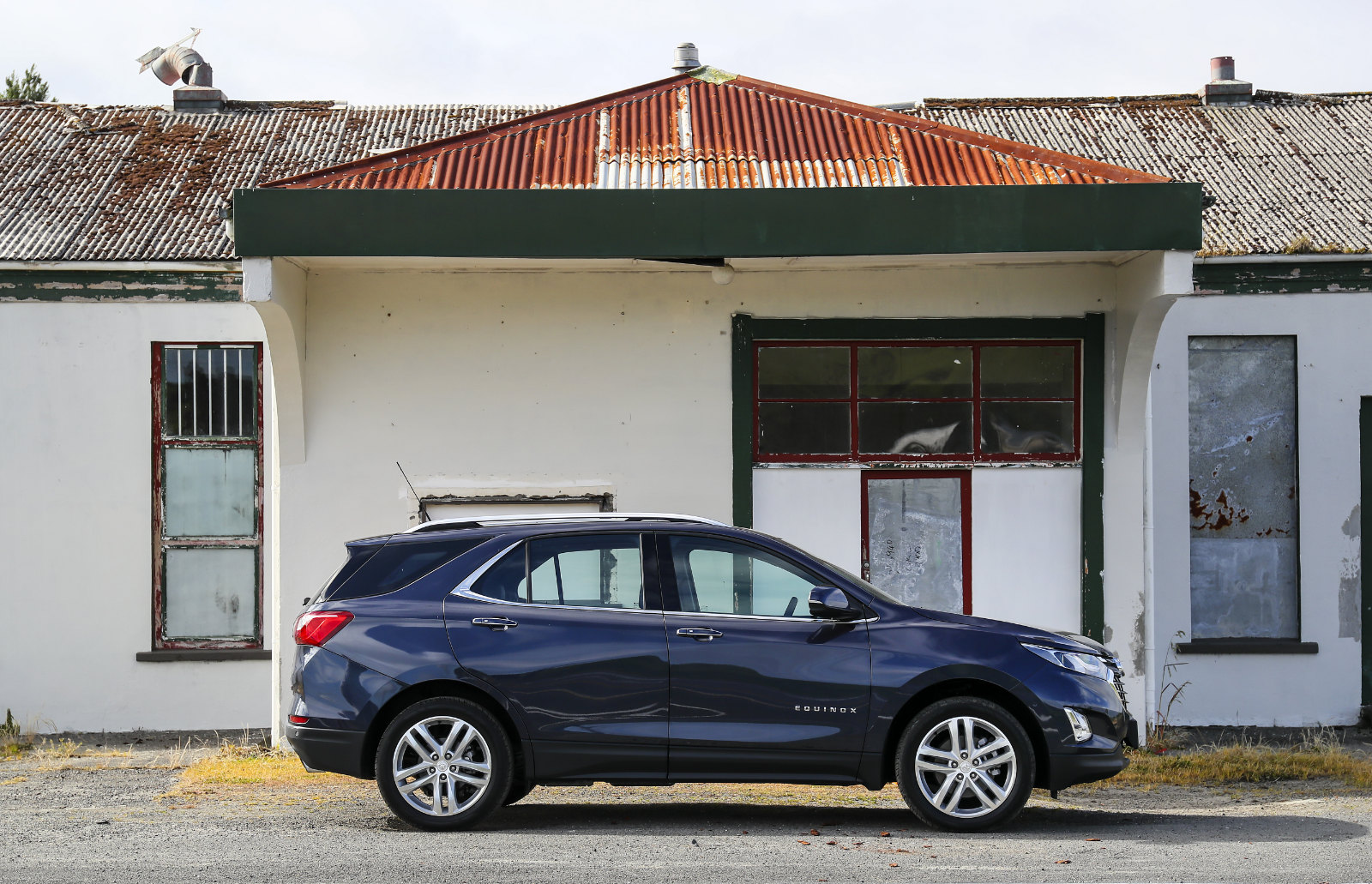
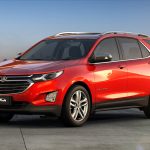


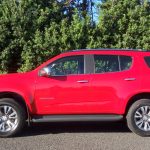
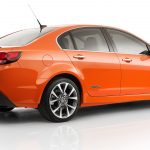


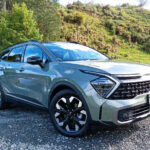
Leave a Reply